| DC60785 |
GS-2278
Featured
|
GS-2278 is a potent and selective LPAR1 antagonist with EC50 of 12 nM. GS-2278 dose-dependently blocks LPA-induced histamine release and demonstrates efficacy in an interventional model of bleomycin-induced lung fibrosis. |
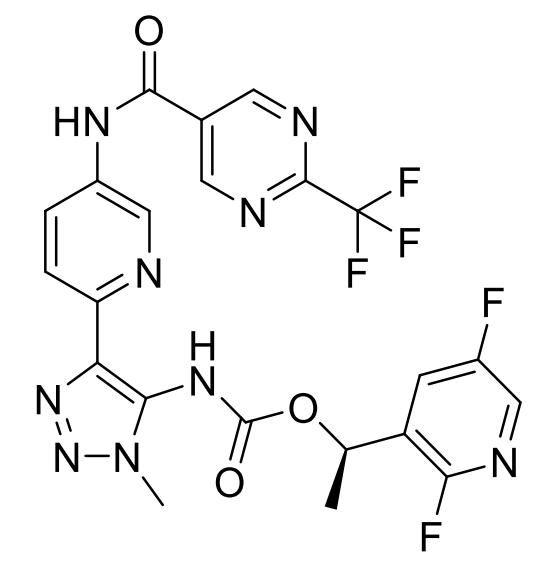
|
| DC60786 |
SR-C-107(R)
Featured
|
SR-C-107(R) is a potent, orally available inhibitor of eleven-nineteen-leukemia YEATS with IC50 of 40 nM.SR-C-107(R) also exhibits superior inhibitory activity against ENL-dependent leukemia in xenografted mice. |
.jpg)
|
| DC60787 |
UNC10142
Featured
|
UNC10142 is a first-in-class antagonist of the tandem chromodomains of CHD1 with IC50 of 1.7 μM. UNC10142 treatment results in synthetic lethality in PTEN-deficient prostate cancer cells while sparing PTEN-intact prostate cancer cells. |
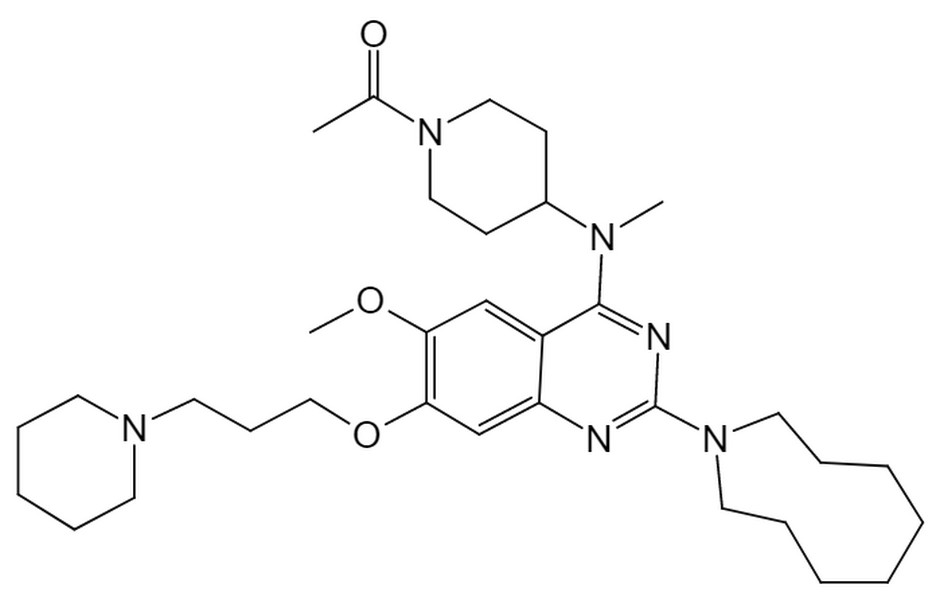
|
| DC60788 |
PT-129
Featured
|
PT-129 is a potent G3BP1/2 PROTAC degrader and dissolves preformed stress granules (SG). PT-129 disrupts the protective SG environment, making cancer cells more susceptible to stress-induced cell death. |

|
| DC65387 |
BP Lipid 132(LP01 analog)
Featured
|
BP Lipid 132 is a well-designed ionizable lipid that combines effective mRNA encapsulation with enhanced biodegradability and tissue clearance, making it a valuable component in LNP-based mRNA delivery systems. |

|
| DC65390 |
BP Lipid 135
Featured
|
BP Lipid 135 is a well-designed ionizable lipid optimized for mRNA encapsulation and delivery. Its propanolamine headgroup, ester bonds at the C8 position, and 9-carbon tail contribute to efficient mRNA complexation, stability during delivery, and improved biodegradability. These properties make it a valuable component in LNPs for gene therapy and other mRNA-based therapeutic applications. |

|
| DC65362 |
BP Lipid 114
Featured
|
BP Lipid 114 is a well-designed ionizable lipid optimized for mRNA encapsulation and delivery. Its ethanolamine headgroup, ester bonds at the C6 and C8 positions, and 9-carbon tail contribute to efficient mRNA complexation, stability during delivery, and improved biodegradability. These properties make it a valuable component in LNPs for gene therapy and other mRNA-based therapeutic applications. |

|
| DC60789 |
SM-86 Analog-1
Featured
|
SM-86 Analog-1 is a novel ionizable lipid designed to improve the delivery of RNA via lipid nanoparticles (LNPs) It is derived from SM-86,with 8 carbon within its hydrophobic tail. |

|
| DC60790 |
DesMEM AZD4694
Featured
|
DesMEM AZD4694(AZD4694 Precursor 1)is the precursor of [18F] AZD4694 for the synthesis of [18F] AZD4694, an amyloid-β imaging ligand with high affinity for amyloid-β plaques. |
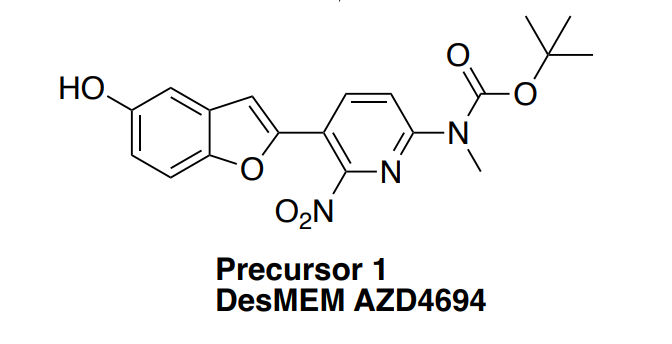
|
| DC60791 |
Cholestify Precursor
Featured
|
Precursor of Cholestify,18F-Cholestify, which binds cytochrome P450 46A1, detected cholesterol breakdown in the mammalian brain. CYP46A1 converts cholesterol to 24-hydroxycholesterol, a form easily eliminated from the brain. |
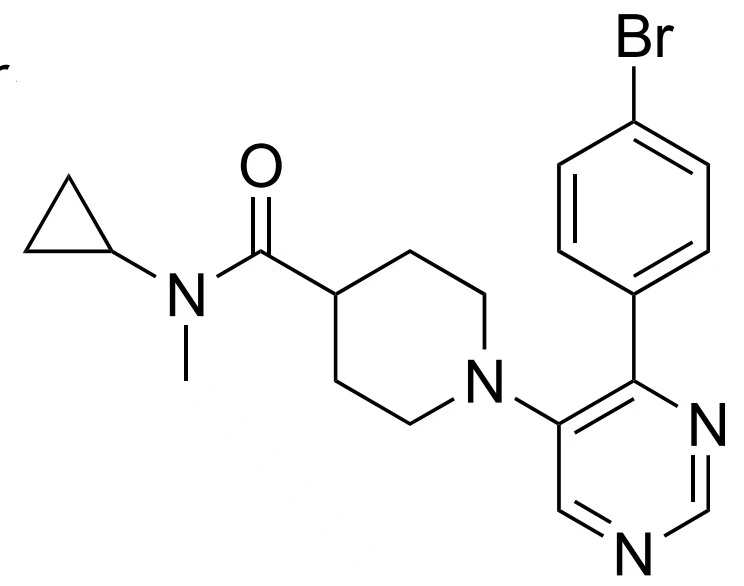
|
| DC67281 |
BNT-51
Featured
|
|
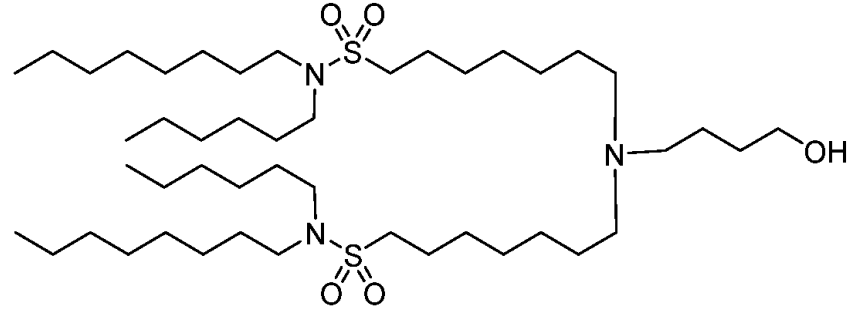
|
| DC67284 |
NOTA-NOC
Featured
|
|
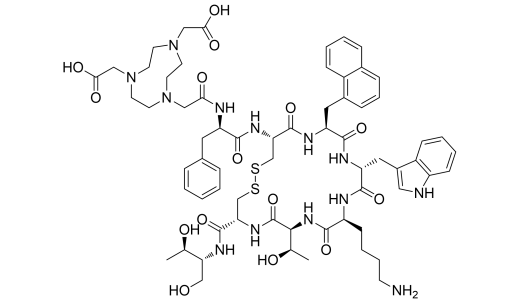
|
| DC67285 |
DOTA-Octreotide
Featured
|
|
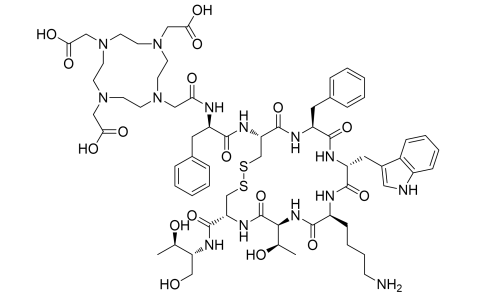
|
| DC67286 |
N-Desmethyl Galanthamine
Featured
|
N-Desmethyl Galanthamine is indeed a metabolite of Galanthamine, a well-known acetylcholinesterase (AChE) inhibitor. Galanthamine is a natural alkaloid originally derived from plants such as Galanthus (snowdrop) and is widely used in the treatment of Alzheimer's disease and other cognitive disorders due to its ability to enhance cholinergic neurotransmission. |

|
| DC67287 |
3-Methoxy-2',4',6',4-tetrahydroxychalcone
Featured
|
|
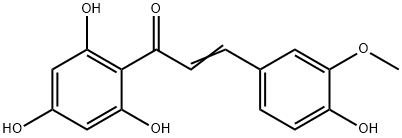
|
| DC67288 |
Oxypalmatine
Featured
|
Oxypalmatine is a bioactive alkaloid compound isolated from Phellodendron amurense, a plant commonly known as Amur cork tree. Phellodendron amurense is a traditional medicinal plant widely used in East Asian medicine, particularly in China, Japan, and Korea, for its anti-inflammatory, antimicrobial, and antipyretic properties. Oxypalmatine is one of the many alkaloids found in this plant, contributing to its pharmacological effects. |
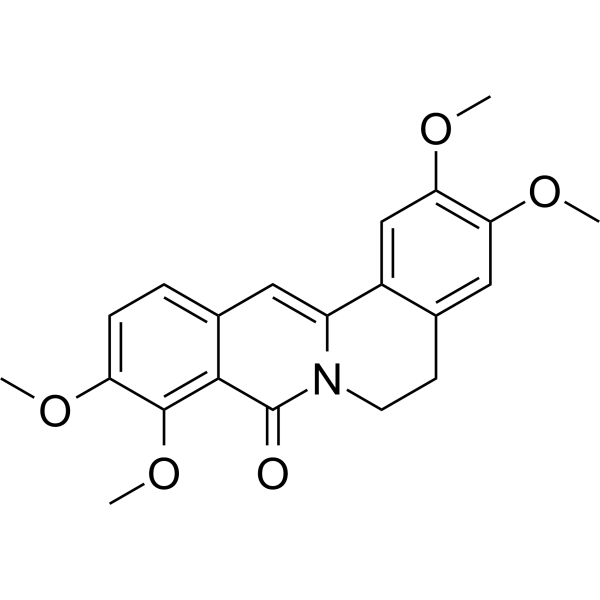
|
| DC67289 |
Hydrangetin
Featured
|
Hydrangetin is a bioactive compound that has been identified as having antiplatelet aggregation properties, meaning it can help prevent blood clots by inhibiting the clumping together of platelets. This compound can be isolated from Zanthoxylum schinifolium, a plant commonly known as the Sichuan pepper or Korean pepper, which is used in traditional medicine and culinary practices in East Asia. |
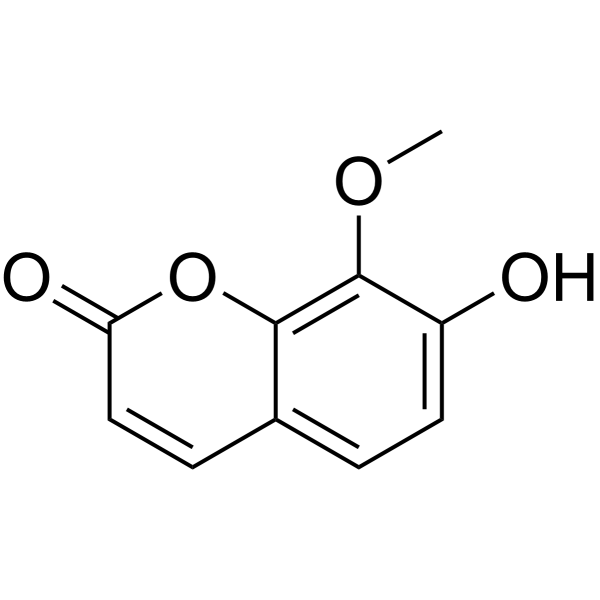
|
| DC60792 |
10-Oxo-12(Z)-octadecenoic acid
Featured
|
10-oxo-12(Z)-Octadecenoic acid is a metabolite of linoleic acid and an activator of transient receptor potential vanilloid 1 (TRPV1). It is formed from linoleic acid by conjugated linoleic acid dehydrogenase (CLA-DH) via a 10-hydroxy-12(Z)-octadecenoic acid intermediate and can also be produced from linoleic acid by gut microbiota.1 10-oxo-12(Z)-Octadecenoic acid (100 µM) selectively increases calcium levels in HEK293 cells expressing TRPV1 over those expressing TRPV2, TRPV3, TRPV4, and TRP melastatin 8 (TRPM8). It also induces inward currents in HEK293 cells expressing TRPV1, an effect that can be blocked by the TRPV1 antagonist capsazepine (Item No. 10007518). Dietary administration of 10-oxo-12(Z)-octadecenoic acid (0.1% w/w) reduces weight gain and adipose tissue weight and increases the expression of the gene encoding mitochondrial uncoupling protein 1 (Ucp1) in wild-type, but not Trpv1 knockout, mice fed a high-fat diet. It also decreases plasma glucose and triglyceride levels in diabetic KKAy mice fed a high-fat diet. |
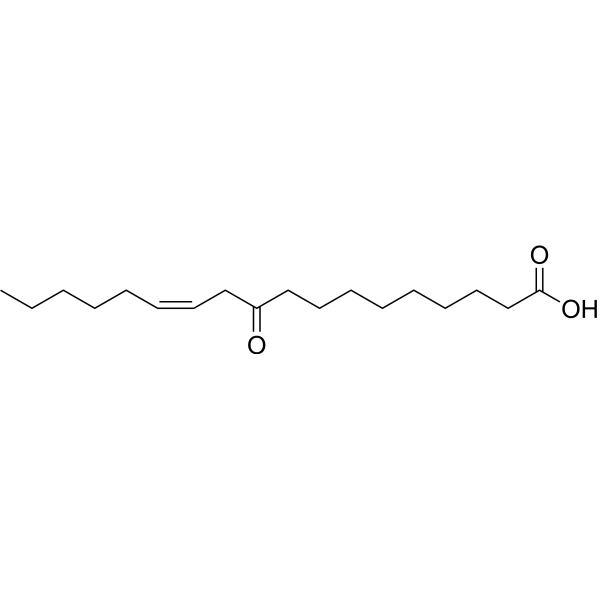
|
| DC60793 |
LUMI-6
Featured
|
LUMI-6, a brominated ionizable lipid developed through xAI’s LUMI-lab platform, features a unique molecular design with a bromine atom critical for enhancing mRNA delivery, outperforming its debrominated derivative, LUMI-6D. In murine models, it achieved a groundbreaking 20.3% gene editing efficiency in lung epithelial cells via inhaled delivery of CRISPR-Cas9 lipid nanoparticles (LNPs), surpassing previous records and the commonly used SM-102 LNP in pulmonary Cas9 mRNA/gRNA complex delivery. In human bronchial epithelial (HBE) cells, LUMI-6 demonstrated 1.8-fold higher mRNA transfection efficiency than LUMI-6D while maintaining comparable cytotoxicity to non-brominated lipids. Its brominated tail structure optimizes mRNA encapsulation and release, balancing high efficiency with low toxicity. Notably, LUMI-6 exhibits cellular selectivity, preferentially transfecting lung epithelial cells—such as ciliated (α-tubulin+) and club (CCSP+) cells—over endothelial cells, making it highly relevant for airway-targeted therapies like cystic fibrosis and surfactant disorders. Effective for both mRNA delivery and CRISPR-Cas9 systems, LUMI-6 represents a significant advancement in pulmonary gene therapy, addressing unmet needs in treating congenital lung diseases through epithelial cell-specific editing. As the first reported LNP to achieve over 20% editing efficiency in lung epithelium via inhalation, it underscores the power of AI-driven lipid discovery in accelerating therapeutic innovation. |
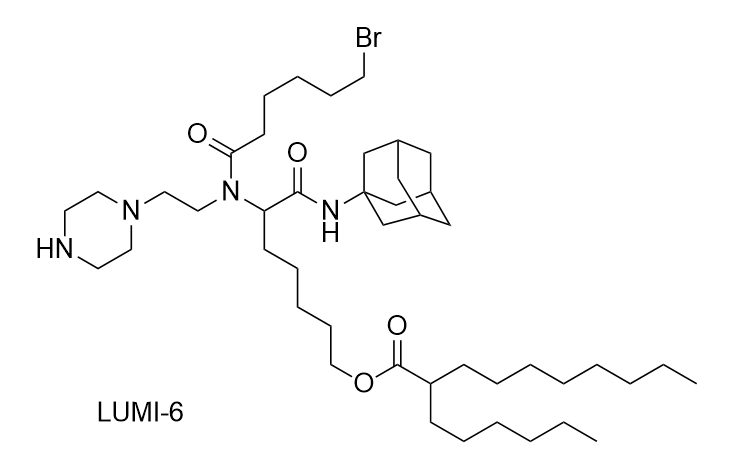
|

.jpg)
















